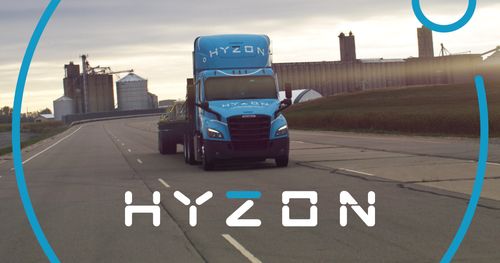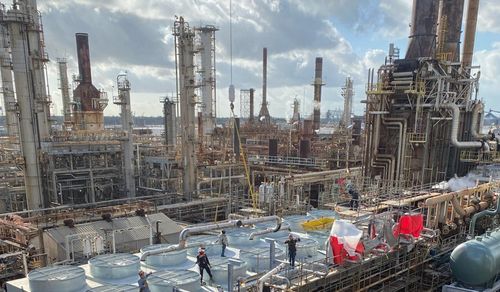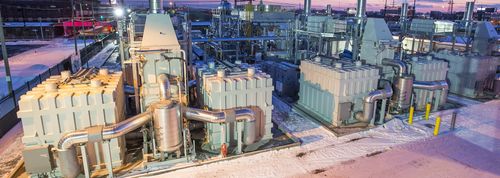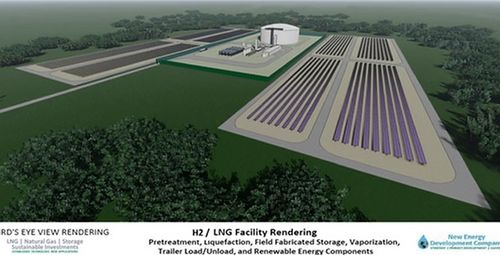In 2023, a small, little-known biotechnology company called New Energy Blue signed an offtake agreement with chemical giant Dow Chemical that paved the way for a slate of second generation ethanol plants in the U.S. Midwest.
Just over a year later, New Energy Blue is nearing a final investment decision on the first of those plants in Mason City, Iowa, after it signed a $650m EPC contract with ARCO/Murray.
Using technology acquired from Orsted, the company will build a plant that produces ethanol from the cellulosic corn stalks and leaves that are normally left behind in corn fields. This ethanol will then be shipped to a second New Energy Blue-developed plant in Port Lavaca, Texas, where it will be processed into bioethylene and used by Dow to make plastics.
“The offtake agreement really was the formation of the company as it exists today,” a source familiar with the company said. “It allowed the parties to all come together and work to complete the development and pay for the engineering.”
Dow made an upfront payment as part of the deal to secure 40% of the production at the Mason City facility, known as New Energy Freedom, the source said. “And they’ll be repaid out of the proceeds out of the operation of the plant.”
The source added that the total cost of the two projects – the ethanol and ethylene plants – would come in around $1bn. But he added that the Port Lavaca, Texas plant was further behind. However, the New Energy Freedom ethanol plant is expected to come online in 2026, which means that, to complete the supply chain, the Texas ethylene plant will need to follow shortly after.
The source declined to comment on the firm’s financial advisors for the FID process, but noted that several executives have financing experience.
The Dow agreement gives the chemical company commercial options for the next four New Energy Blue projects. But New Energy Blue has even greater ambitions: it plans to build 15 biomass refineries by 2030 and 150 by 2040. Notably, the next four refineries under the Dow Chemical arrangement will be at twice the scale of the Mason City refinery.
A ‘windrow’ onto tomorrow
The New Energy Freedom plant will process 360,000 tons of chopped, bone dry corn stalks per year, and produce 21 million U.S. gallons of ethanol. The plant will also produce around 150,000 tons of clean lignin, which is the woody structure of the cornstalk that is used in the production of polymers and binders.
“We don’t have firm contracts yet, we have high confidence that the lignin may be more valuable than the ethanol,” the source said.
The non-Dow ethanol from the plant will be sold into transportation fuel markets, especially into those states with low-carbon fuel standards, according to the source. Additionally, the cellulosic nature of the corn stover feedstock means that the ethanol qualifies for D3 RINs for cellulosic, which are considerably more valuable than RINs for other biofuel types.
New Energy Blue works with farmers in the surrounding areas, helping them to collect the corn leftovers using a special combine header and balers. “This will leave a nice, high, fluffy, chopped windrow,” the source said.
In that vein, the company has set up a separate entity called New Energy Farmers, which will be majority owned by the farmers providing biomass within a 30-mile radius of the ethanol plant. The biomass sourcing will provide farmers with a second source of income, and they’ll additionally have profit-sharing opportunities as owners of the company.
The farmers’ shares in the entity will be based on acres committed, and the first 100,000 acres to commit will receive a 25% bonus in shares. Membership in New Energy Farmers will close at 150,000 acres.







